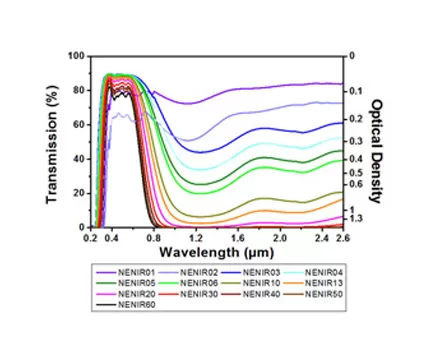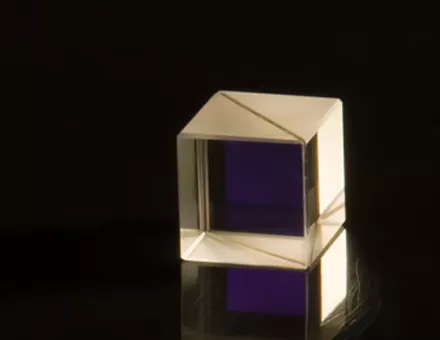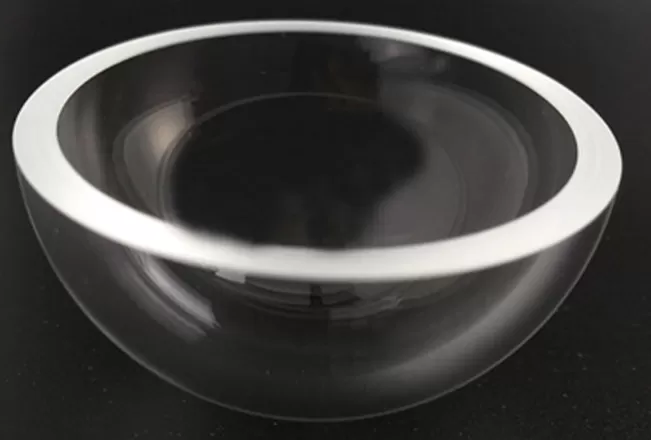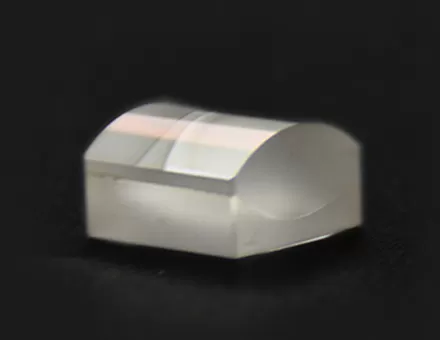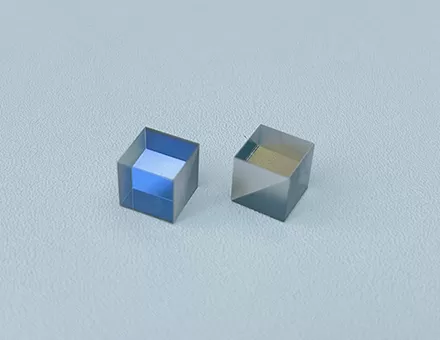Due to its high brightness, stability, long life and narrow spectral bandwidth, laser is gradually replacing traditional broadband light sources in fluorescence imaging applications. In imaging applications, the above-mentioned characteristics of lasers can improve the sensitivity of visualization and increase light flux; lasers also have unique features such as narrow beam divergence angle, height of temporal and spatial coherence, and clear polarization characteristics, which have spurred many new fluorescence imaging technologies. However, compared with broadband light sources, when lasers appear in the form of fluorescence sources, new requirements and limitations are proposed for laser-based imaging systems and their components, especially for optical filter films.
Optical filter film optimized for laser sources
In the past forty years, many powerful, efficient, and cost-effective lasers have been developed. People usually classify lasers according to gain medium and excitation mode. So far, the most popular laser used for fluorescence imaging is still gas lasers (such as argon ion and krypton ion lasers), and the most commonly used laser spectrum lines are 488, 568 and 647 nm. However, in recent years, due to the higher efficiency (lower heat generation, simpler laboratory installation) and lower cost of solid-state lasers, solid-state lasers are gradually replacing gas lasers. Popular laser types include semiconductor diode lasers (especially 405 and 635 nm), optically pumped semiconductor lasers (including widely used 488 nm), and frequency-doubled diode-pumped solid-state (DPSS) lasers (including 561 nm yellow laser and newer 515 nm and 594 nm lasers).
Optical filter film application for laser fluorescence microscopy
Since the optical beam splitter is directly exposed to strong excitation light, even weak spontaneous fluorescence from the filter can interfere with the signal of the emitted light. Therefore, ultra-low fluorescence substrates such as fused quartz should be used. Please note that due to the difference in intensity between the excitation light and the emission signal, the requirements for self-fluorescence of the emission filter will not be as strict as those for the color separator. Nevertheless, in the microscope, the intensity of the emission filter is significantly higher than that of the typical fluorescence wide-angle microscope filter, because the laser beam in the system will be completely reflected from the sample carrier glass and redirected along the emission path. Therefore, the self-fluorescence of the emission filter in this laser system should be carefully considered compared to the autofluorescence in the broadband system.
In some applications, the beam splitter will have a significant impact on the image quality, especially when the flatness (curvature) of the color splitter is not suitable. Even if the influence of the matrix curvature is not obvious through the wavefront error, the reflection wavefront error will also have a significant impact on the imaging quality. For example, when the beam splitter with low flatness is placed in the excitation path, the sample illumination in the microscope may become weak. Similarly, due to the inherent bending stress of the hard coating, it may cause image deviation of the imaging beam reflected from the color separator. Therefore, some applications should use color splitters with high flatness. For most laser microscopes, the beam splitter should be flat enough so that the focus of the illuminated laser beam does not shift significantly, where the focus shift is usually defined by the Rayleigh range. Simply put, the qualified standard for the imaging beam reflected by the color splitter is that the size of the diffracted spot should not change significantly after reflection on the color splitter.
The structure of laser-based microscopy imaging system is complex and expensive. In the process of obtaining the highest performance from it, the role of optical filter film is very important. The correct choice of using optical filter films that match their performance is even more important. What is the future of laser-based imaging systems? In order to better observe the interaction mechanism between cells or subcellular structures, many complex imaging schemes have emerged. Efficient optical filter films play an increasingly important role in these cutting-edge applications.


















 EN
EN
